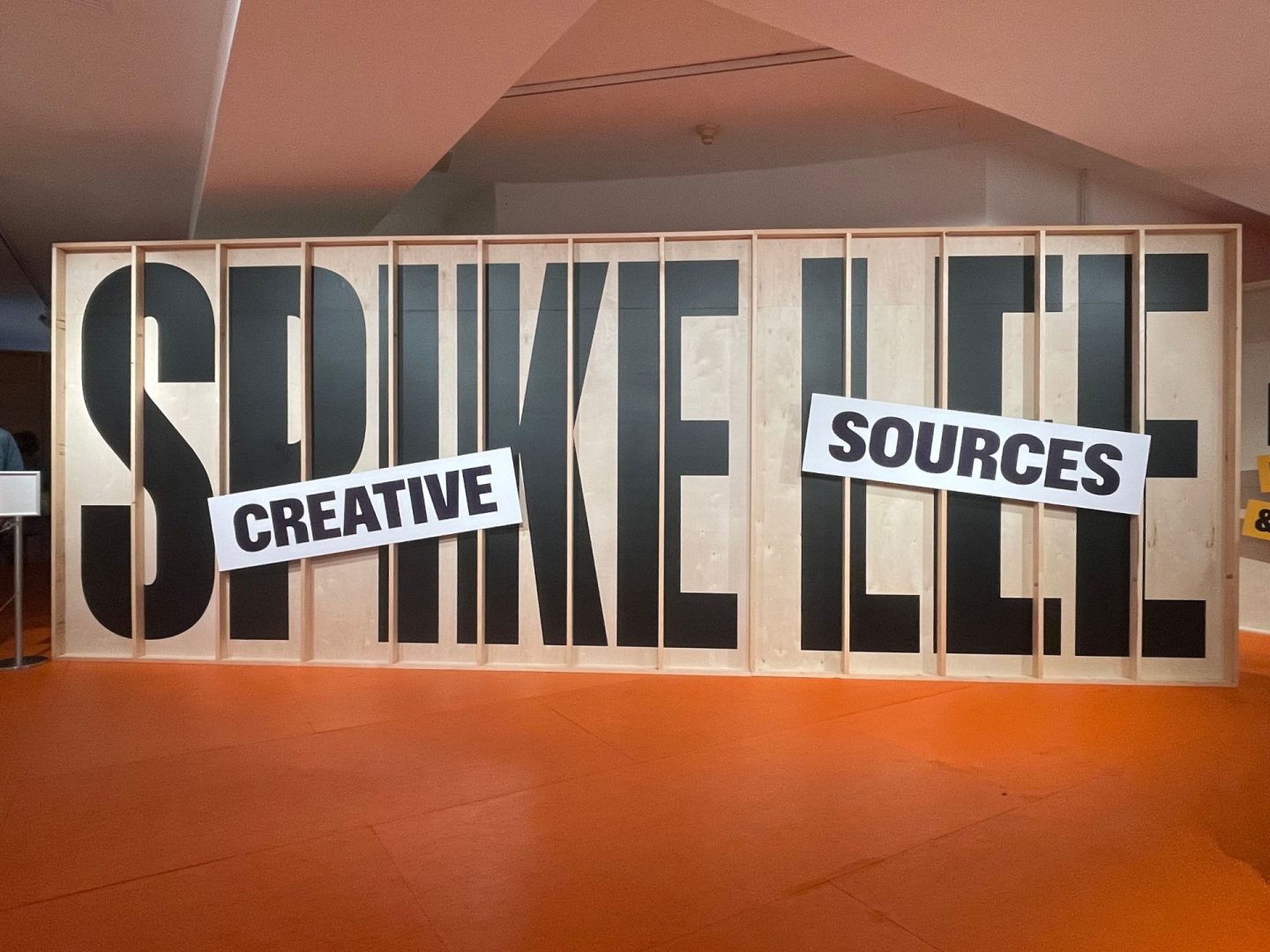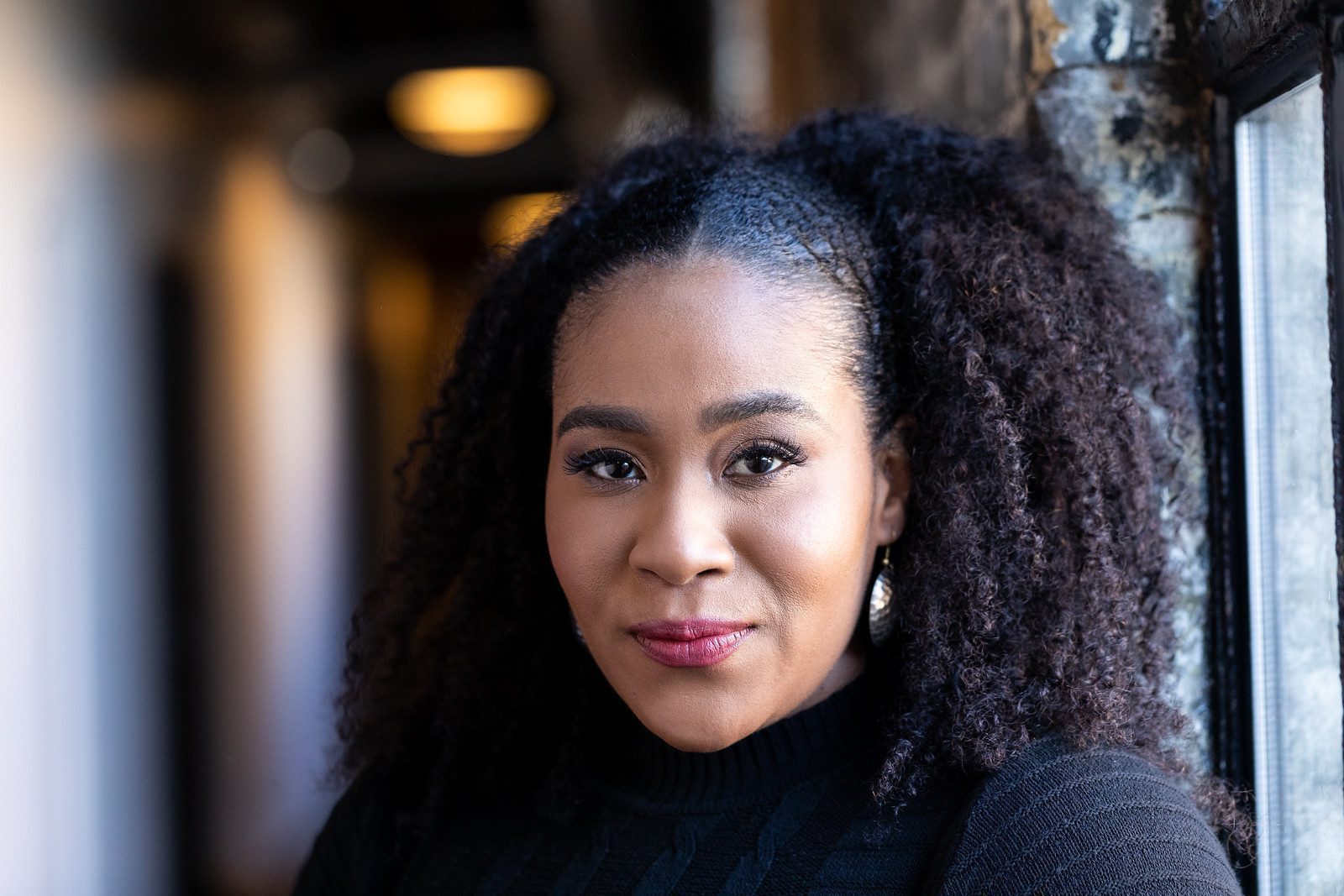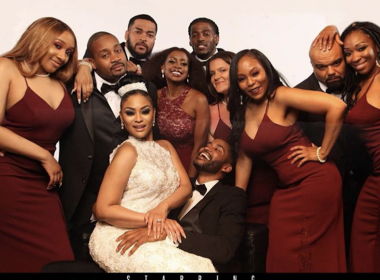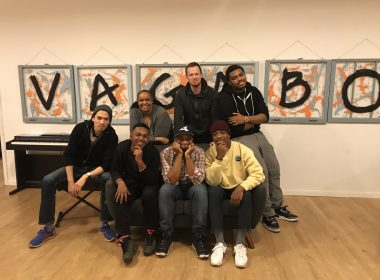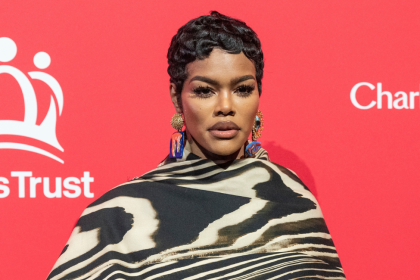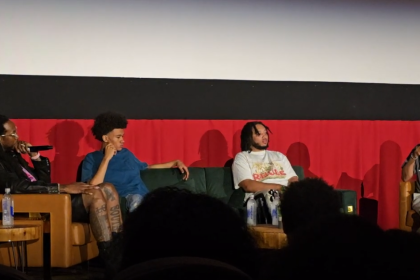When I arrived at Morehouse College, I was familiar with School Daze (1988), Do The Right Thing (1989), and Jungle Fever (1991), but not Spike’s debut film She’s Gotta Have It (1986). Shot in black and white, with a beautiful jazz score by his father, the late Bill Lee, the film centers around the fiery, independent, and (in today’s terms) sex-positive Nola Darling. Her character was groundbreaking: an intelligent and successful Black woman who flips the script and objectifies men by refusing society’s definition of who she should be. My American Literature professor, Ursula Doyle, screened “She’s Gotta” as a companion piece to Zora Neale Hurston’s classic 1937 novel Their Eyes Were Watching God, whose lead figure, Janie Crawford, is independent, assertive, and unapologetic about living freely. Pairing Hurston and Lee, who opened his film with the first lines of Their Eyes, opened my mind to the infinite possibilities in connecting film, art, music, and literature. I quickly switched my major to English—and as they say, the rest is history. Or not.
The Brooklyn Museum opened Spike Lee’s Creative Sources to much, well-deserved fanfare last fall. Lee recognizes those who helped shape his artistry, and one of the first items I noticed unearths my history from Morehouse: a first-edition copy of Their Eyes Were Watching God. My full-circle moment illustrates the power of great art: it connects all who engage with it.
Spike’s “Sources” are shrouded in realness. It’s not just about what’s on display; it’s about the journey these items represent. From the basketball net and ticket stub from the New York Knicks’ first world championship game against the Lakers in 1970—a game Spike personally witnessed—to the precious artifacts he acquired through personal connections, each piece tells a story.
Spike does not type; therefore, he has handwritten his scripts. The display of his leather-bound scripts is a testament to his dedication and craftsmanship. It offers an intimate encounter with the artist’s mind at work.
The signed Jordans and other memorabilia add a layer of cultural significance, showcasing the intersection of sports, music, and cinema in Lee’s work. His ability to acquire these items, as he puts it, through relationships and personal calls, speaks to his influence and the respect he commands across various industries.
Creative Sources is more than an exhibition; it’s a journey through the life of a man who reshaped the landscape of filmmaking and culture. It’s a unique opportunity to experience the world through Spike Lee’s eyes and understand his inspirations, struggles, and triumphs. Spike’s assertion, “the only difference between me now and the kid back in Brooklyn, I now have the ways and means to buy and house [these items],” underscores his extreme success and ability to preserve and share a rich cultural heritage.
For anyone touched by Lee’s work or passionate about storytelling, this exhibit is an invaluable experience, a chance to connect with the spirit of a true creative force. Catch it before it closes on Sunday, Feb. 11.

